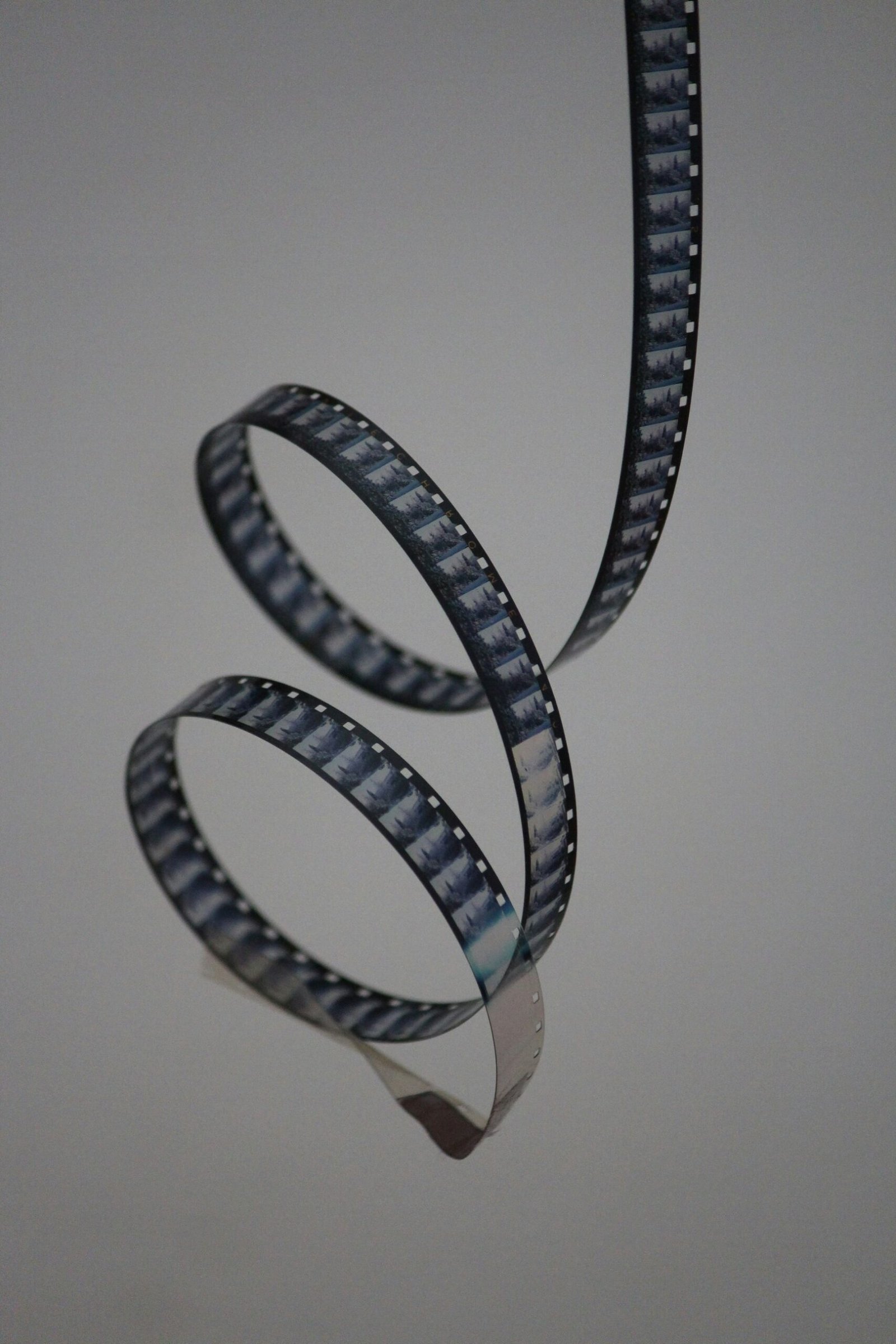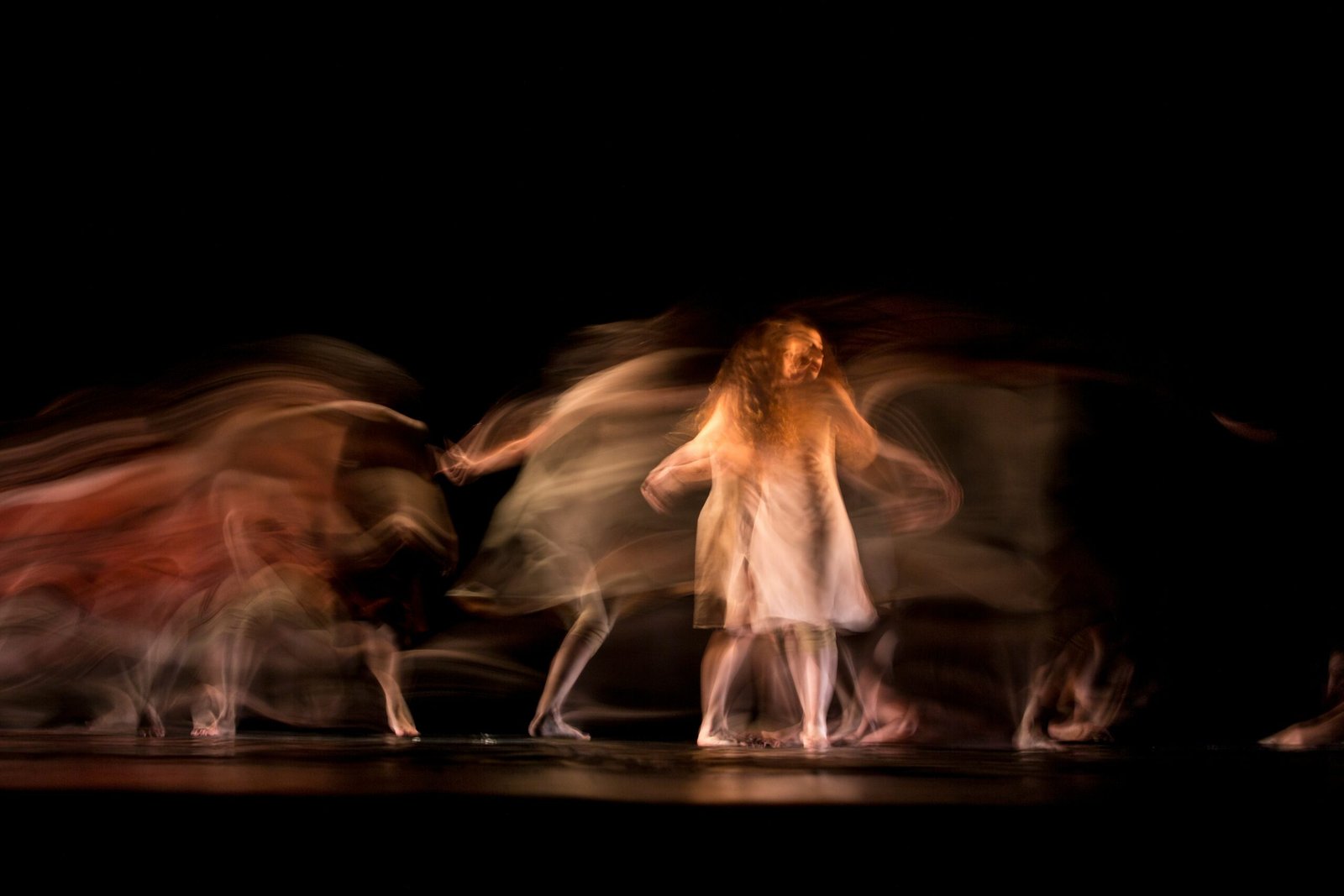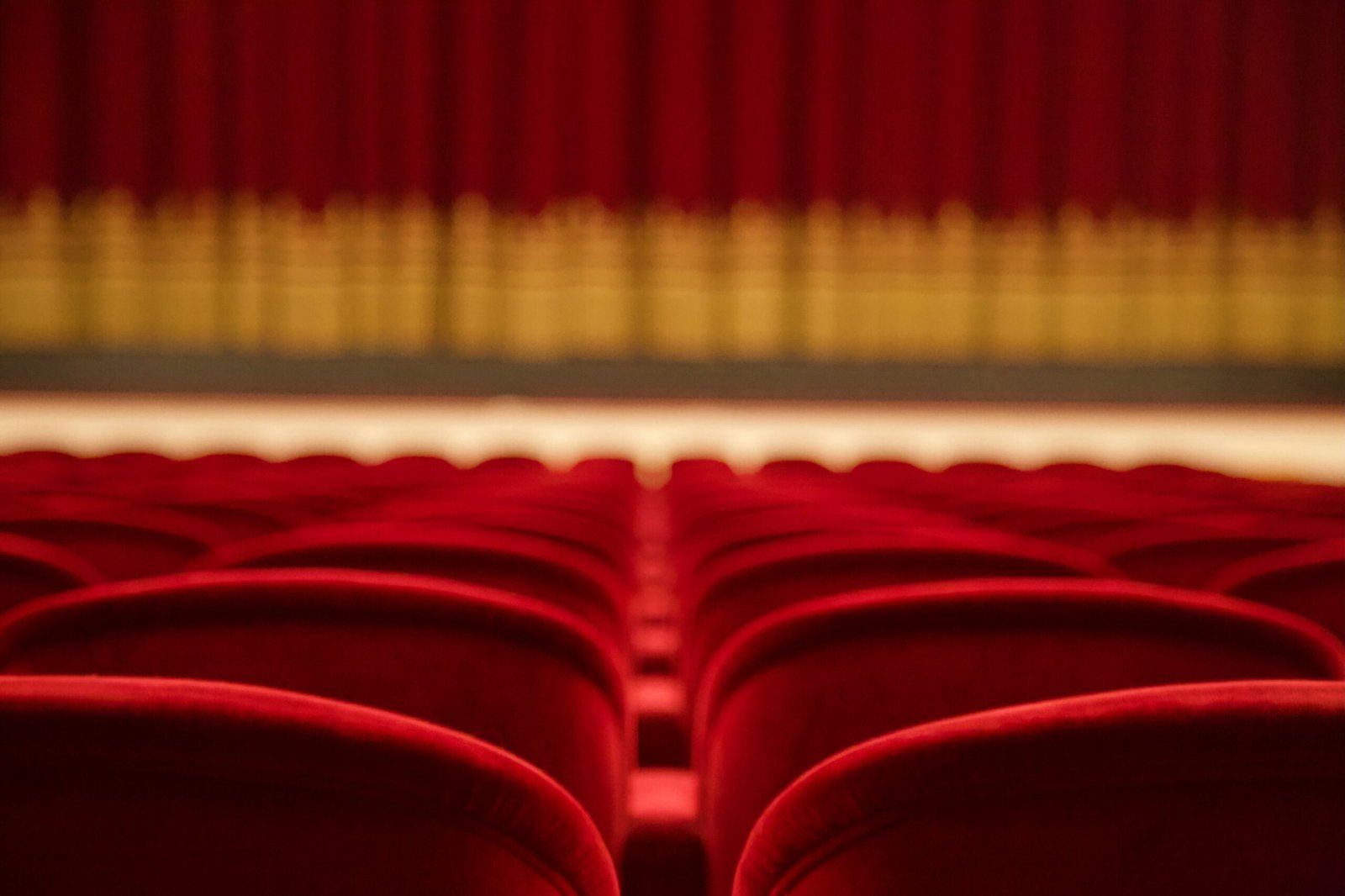
The origins of film and television can be traced back to the late 19th century, when inventors and innovators began experimenting with ways to capture and project moving images. One of the earliest pioneers in this field was Thomas Edison, who invented the kinetoscope in 1891. This device allowed for the viewing of short films through a peephole, and it marked the beginning of what would eventually become the film industry.
At around the same time, other inventors such as the Lumière brothers in France and George Eastman in the United States were also making significant contributions to the development of motion pictures. The Lumière brothers invented the cinematograph, which was a combination camera and projector, while George Eastman introduced flexible celluloid film, which made it possible to capture and store images more efficiently.
As the technology for capturing and projecting moving images improved, filmmakers began to experiment with storytelling techniques and creative uses of the medium. In the early 20th century, silent films became popular, featuring actors who used exaggerated gestures and facial expressions to convey emotion. These films were often accompanied by live music, played by a pianist or an orchestra, to enhance the viewing experience.
By the 1920s, the film industry had grown significantly, with Hollywood emerging as the epicenter of the American film industry. During this time, the introduction of synchronized sound revolutionized the medium, leading to the production of “talkies” or films with synchronized dialogue and sound effects. This innovation opened up new possibilities for storytelling and further increased the popularity of cinema.
Television, on the other hand, had a more gradual evolution. The concept of transmitting moving images through electromagnetic waves was first demonstrated by John Logie Baird in the 1920s. However, it wasn’t until the 1940s and 1950s that television became a widespread phenomenon. The advent of television brought a new form of entertainment into people’s homes, with live broadcasts of news, sports, and variety shows becoming a regular part of daily life.
Over the years, both film and television have continued to evolve and adapt to changing technologies and audience preferences. The introduction of color film, digital cameras, and computer-generated imagery (CGI) has expanded the possibilities for visual storytelling, while the rise of streaming services and on-demand content has transformed the way we consume media.
Today, film and television are not only sources of entertainment but also powerful tools for education, cultural expression, and social commentary. They have the ability to transport us to different worlds, challenge our perspectives, and inspire us in ways that few other mediums can. As technology continues to advance, it will be fascinating to see how film and television continue to evolve and shape our society.
With the success of “The Jazz Singer,” the film industry experienced a seismic shift. Studios quickly realized the potential of sound in movies, and the demand for talkies skyrocketed. Filmmakers and actors had to adapt to this new era, as the art of silent film was no longer sufficient. The introduction of synchronized dialogue not only added a new dimension to storytelling but also posed new challenges.
Sound recording technology was still in its early stages, and filmmakers had to experiment with different techniques to achieve optimal sound quality. Microphones had to be strategically placed, and actors had to adjust their performances to ensure their voices were captured effectively. This transition from silent films to talkies brought about a new wave of creativity and innovation in the film industry.
As the technology continued to evolve, so did the art of filmmaking. Directors started experimenting with sound effects, background music, and even musical numbers. The introduction of sound opened up a whole new world of possibilities, allowing filmmakers to create more immersive and engaging experiences for the audience.
However, the transition to sound was not without its challenges. Many actors who had built successful careers in silent films struggled to make the jump to talkies. Some had voices that didn’t match the persona they had created on screen, while others simply didn’t have the vocal skills necessary to deliver lines convincingly. This led to a reshuffling of the talent pool in Hollywood, with some actors fading into obscurity while others rose to stardom.
Despite the initial hurdles, the introduction of sound in movies proved to be a turning point in the history of film. It opened up new avenues for storytelling and allowed filmmakers to explore a wider range of genres and themes. From musicals to crime dramas, the possibilities were endless.
Today, we take sound in movies for granted. It has become an integral part of the cinematic experience, enhancing our immersion in the story and adding depth to the characters. But it all started with “The Jazz Singer” and the brave pioneers who dared to experiment with sound in the early days of film.
As television technology continued to advance, so did the content that was being broadcasted. In the early days, television programming consisted mainly of news broadcasts, educational programs, and live performances. However, as the medium gained popularity and viewership increased, networks began to experiment with different genres and formats.
Sitcoms, or situation comedies, became a staple of television programming in the 1950s and 1960s. Shows like “I Love Lucy” and “The Honeymooners” brought laughter and relatable characters into people’s living rooms. These sitcoms not only entertained viewers but also provided a reflection of society and its values at the time.
As the 1970s rolled around, television saw a shift towards more socially relevant and thought-provoking content. Shows like “All in the Family” tackled controversial topics such as racism and sexism, challenging societal norms and sparking important conversations. This era also saw the rise of the miniseries, with shows like “Roots” captivating audiences and bringing historical events to life.
The 1980s and 1990s brought about a new wave of television programming, with the introduction of cable and satellite television. This allowed for a wider range of channels and programming options, catering to niche audiences and providing a more personalized viewing experience. Cable networks like HBO and Showtime began producing original content, paving the way for the golden age of television that we are currently experiencing.
In recent years, streaming services like Netflix, Hulu, and Amazon Prime Video have revolutionized the way we consume television. With the ability to binge-watch entire seasons in one sitting and the freedom to choose what, when, and where to watch, streaming has become the preferred method of television consumption for many. This shift has also led to a rise in high-quality, critically acclaimed shows that rival the production values and storytelling of feature films.
Looking ahead, the future of television is likely to continue evolving. With advancements in technology such as virtual reality and interactive storytelling, the line between television and other forms of media will become increasingly blurred. Viewers can expect more immersive experiences and personalized content tailored to their individual preferences.
Moreover, film and television have become powerful tools for education and learning. With the rise of educational programming and online streaming platforms, people now have access to a vast array of documentaries, educational films, and informative television shows. These resources can be used in classrooms, homes, and even workplaces to enhance learning and provide valuable insights into various subjects.
For instance, nature documentaries can educate viewers about the importance of environmental conservation and the need to protect endangered species. Historical dramas can bring to life significant events and figures from the past, making history more engaging and relatable. Scientific documentaries can explain complex concepts in a visually stimulating way, making them more accessible to a wider audience.
Furthermore, film and television have the power to shape cultural norms and challenge societal stereotypes. By featuring diverse characters and storylines, they can promote inclusivity, representation, and acceptance. For example, the increased visibility of LGBTQ+ characters in television shows and movies has helped normalize and destigmatize their experiences, fostering greater understanding and empathy.
Additionally, the influence of film and television extends beyond the screen. They have a significant impact on various industries, such as fashion, music, and tourism. Iconic movies and TV shows often inspire fashion trends, with audiences eager to emulate the styles of their favorite characters. Similarly, memorable film locations can become popular tourist destinations, attracting visitors from around the world.
In conclusion, the impact of film and television on society and culture cannot be overstated. They entertain, educate, and inspire, shaping public opinion, influencing trends, and fostering a sense of shared experience. Whether through storytelling, historical documentation, social commentary, or educational programming, film and television continue to play a vital role in our lives, shaping the way we think, feel, and interact with the world around us.
The Future of Film and Television
As technology continues to advance at a rapid pace, the future of film and television looks promising. Virtual reality and augmented reality are already starting to make their mark in the industry, offering viewers a more immersive and interactive experience.
Imagine a world where you can step into your favorite movie or TV show, where you can interact with the characters and explore the environments. With virtual reality, this is becoming a possibility. VR headsets transport viewers into a 360-degree world, allowing them to feel like they are a part of the story. Whether it’s exploring the magical world of Harry Potter or joining the Avengers in a battle against evil, virtual reality takes entertainment to a whole new level.
But it’s not just virtual reality that is shaping the future of film and television. Augmented reality is also making waves in the industry. With AR, viewers can overlay digital content onto the real world, creating a blend of the physical and digital. Imagine watching a football game and seeing real-time stats and player information displayed on your screen, or walking down the street and seeing virtual billboards and advertisements. Augmented reality has the potential to transform the way we experience entertainment and advertising.
Streaming services have also revolutionized the way we consume content, providing us with a vast array of movies and TV shows at our fingertips. This shift in distribution has opened up new opportunities for independent filmmakers and allowed for a more diverse range of stories to be told.
No longer bound by the limitations of traditional broadcast schedules and physical media, filmmakers can now release their work directly to streaming platforms, reaching a global audience instantly. This has democratized the industry, giving a voice to underrepresented voices and allowing for a wider variety of stories to be told. From indie films to foreign language dramas, streaming services have become a platform for diverse storytelling.
Furthermore, advancements in CGI (computer-generated imagery) have made it possible to create stunning visual effects and bring fantastical worlds to life. This has expanded the possibilities for storytelling and pushed the boundaries of what can be achieved on screen.
Gone are the days of obvious green screens and clunky CGI. Today, CGI is so seamless that it’s often hard to distinguish what is real and what is computer-generated. From the breathtaking landscapes of Pandora in “Avatar” to the lifelike animals in “The Jungle Book,” CGI has become an integral part of modern filmmaking. With each new advancement in technology, filmmakers are able to create more immersive and visually stunning worlds, transporting audiences to places they could only dream of.
In conclusion, the origins of film and television can be traced back to the late 19th century, with inventors and visionaries paving the way for these mediums. Over the years, they have evolved and transformed, shaping our culture and society in profound ways. As we look to the future, it is clear that film and television will continue to captivate audiences and push the boundaries of storytelling. With virtual reality, augmented reality, streaming services, and CGI, the possibilities for the future of film and television are endless.



